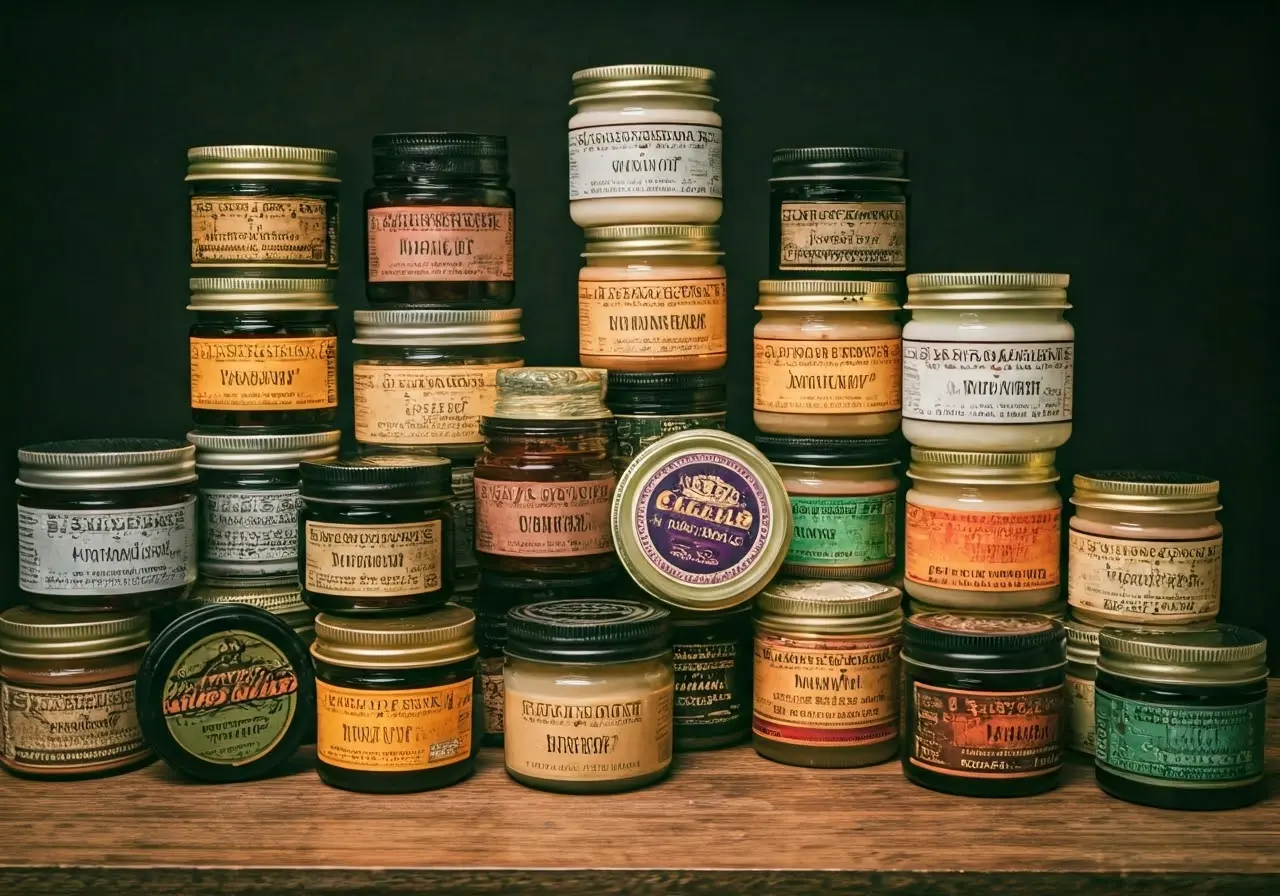
Can Hair Pomade Be Used on All Hair Types?
Hair pomade is a versatile styling product that’s popular for its ability to hold and add shine to hair. But with so many different hair types, it’s natural to wonder if pomade is a one-size-fits-all solution. In this blog, we’ll explore whether hair pomade can be used on all hair types and how to make the most of it for your unique hair.
Understanding Hair Pomade
Let’s start with what hair pomade is. This styling product is known for providing a glossy finish and a strong hold, making it a favorite for creating classic styles like pompadours and slicked-back looks. It’s oil or water-based, which affects the texture and washability.
What sets pomade apart from other styling products is its ability to offer a long-lasting hold without the stiffness often associated with gels. This makes it ideal for maintaining styles throughout the day, providing flexibility and control. Moreover, its versatility allows it to be layered or blended with other products for a customized hairstyling experience.
When considering pomade for daily use, it’s important to take note of the differences between oil-based and water-based varieties. Oil-based pomades are known for their intense hold and ability to withstand humidity, ideal for more structured styles. However, they can be challenging to wash out. In contrast, water-based pomades are easier to rinse out, offering a lighter hold that’s perfect for more natural styles.
Hair Type Considerations
Different hair types—fine, thick, curly, straight—react differently to products. Fine hair might get weighed down, while thick hair may need more product to see results. Understanding your hair’s characteristics is crucial to choosing the right pomade.
If your hair is curly, you might find that oil-based pomade adds definition and shine, controlling frizz and keeping curls in place. For straight hair, a water-based pomade can help add texture and body without weighing it down. The key is to first assess your hair’s natural tendencies and then experiment with pomade amounts and types to see what works best.
For those with thin or fine hair, selecting a light pomade is crucial to avoid flattening your hairstyle. Opting for a water-based formulation that can be built up as needed might be the best approach, giving you control without sacrificing volume. On the other hand, individuals with thicker or coarser hair may prefer the substantial holding power of an oil-based pomade.
Choosing the Right Pomade for Your Hair Type
Oil-based pomades offer a strong hold ideal for thick or curly hair, while water-based options are lighter and suitable for fine or straight hair. Choosing the right type ensures you get the hold you need without compromising the texture or health of your hair.
Before settling on a pomade, consider testing small quantities of different products. This experimentation will help you determine which pomade provides the best results for your styling needs and hair health. Start by applying a small amount of your chosen pomade type, working it through damp or dry hair to achieve different effects.
It’s also helpful to understand the ingredients in your pomade. Ingredients like beeswax and lanolin in oil-based pomades contribute to a strong, lasting hold. In contrast, water-based pomades use synthetic compounds that offer similar styling benefits but are easier to wash out. Knowing these differences can assist in making an informed choice about which product to purchase for your styling routine.
Applying Pomade Effectively
How you apply pomade can make a big difference. Start with a small amount, warming it between your hands before applying. Focus on the roots for volume or the ends for a sleek finish. Experiment with different techniques to find what suits your style best.
Applying pomade on damp hair can lead to a more polished look, as the product mixes well with the natural moisture. For edgier, more textured styles, apply on dry hair to allow the pomade to define and hold without smoothing the surface too much. Using a comb or your fingers can also alter the outcome—combs create sleek styles, while fingers allow for a more tousled finish.
For those looking to add volume, a blow dryer can be an excellent tool to use after applying pomade. By applying heat, you can ‘set’ the style, providing height and direction that will hold throughout the day. This is particularly effective for those with finer hair, as it can maximize the body without additional weight.
Alternatives and Adjustments
If pomade isn’t delivering the results you want, consider alternatives like hair gel or cream, which might suit your hair needs better. Mixing pomade with other products can also help achieve a balance of hold and texture.
Hair creams often contain moisturizing agents, making them suitable for those with dry or damaged hair. If you’re seeking more flexibility, a hair gel’s firm hold might be an alternative, providing a more structured end result. Incorporating these alternatives not only diversifies styling options but also addresses specific hair care concerns when used alongside or instead of pomade.
Ultimately, the best product for you will depend on personal preference, the specifics of your hair type, and your desired style. Don’t be afraid to experiment with combinations of products to find the best solution. A mix of pomade and gel or cream could harmonize different styling goals, like control and shine, giving you the flexibility to express your unique style.
Making Hair Pomade Work for You
While hair pomade is a versatile styling product that can be used on various hair types, it’s important to choose the right formulation and apply it correctly for optimal results. By understanding your hair’s needs and experimenting with different application techniques, you can achieve the desired style while maintaining hair health.




